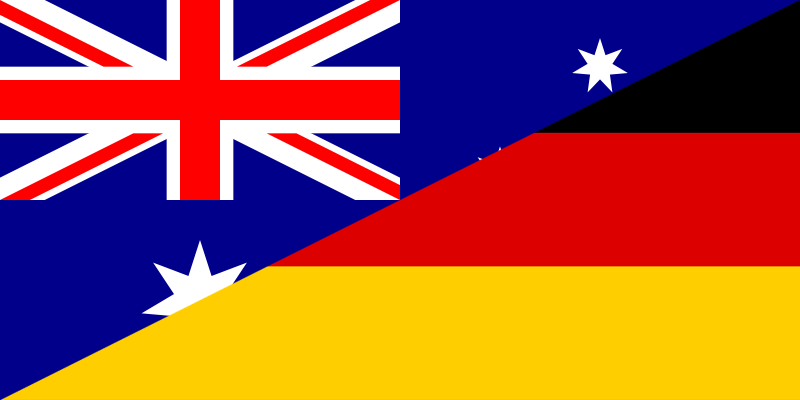
MELBOURNE — Germany wants to speed up its green hydrogen work with Australia as the country’s effort to ditch fossil fuels has become more urgent after Russia’s invasion of Ukraine, Germany’s research minister said on Friday.
The Ukraine war, which Moscow calls a “special operation,” has highlighted the reliance of Germany and the Europe Union on Russian fossil fuels and turned energy security into a major issue for many countries around the world.
“These days, due to the horrible war of aggression from Russia on Ukraine, the pressure to become independent from fossil fuels has become more prominent and more urgent,” Minister for Education and Research Bettina Stark-Watzinger said in an interview.
Germany and Australia last year signed a deal to create a renewable energy-based supply chain between the two countries as part of Berlin’s efforts to develop environmentally friendly hydrogen.
As Germany’s green hydrogen demand cannot be met domestically, it is seeking partnerships overseas to secure imports.
The goal is to reach commercial scale production of green hydrogen by 2030 if not sooner, initially to feed Germany’s steel industry, Stark-Watzinger told Reuters.
“I think once we get started and the process gets momentum, it could be earlier than that,” said Stark-Watzinger, who is on a four-day trip across Australia to discuss hydrogen projects with researchers and companies, including two of Australia’s biggest commodities exporters Woodside Energy Group Ltd and Fortescue Metals Group.
Germany wants to line up Woodside and Fortescue as suppliers of green hydrogen, while the two companies are interested in working with German firms to get electrolysers, she said.
Germany’s E.ON in March signed a memorandum of understanding with Fortescue’s green power business to explore shipping green hydrogen to Europe.
Green hydrogen is made by using electrolysers powered by renewable energy to split water.
The next step is for consortia of German and Australian companies to apply by June for funding for demonstration projects including green hydrogen production, transportation and usage.
Last year, Australia and Germany said they planned to spend around $90 million to fund hydrogen demonstration projects.
Source: Reuters (Sonali Paul)
Read the most up to date Fuel Cell and Hydrogen Industry news at FuelCellsWorks




